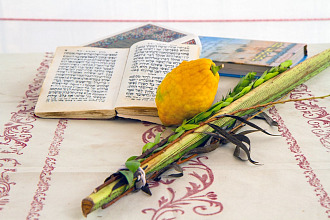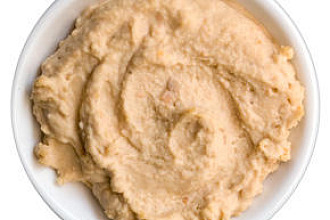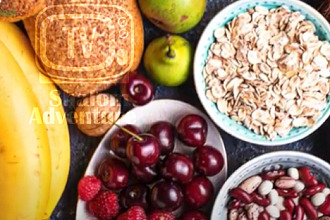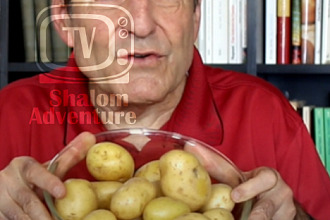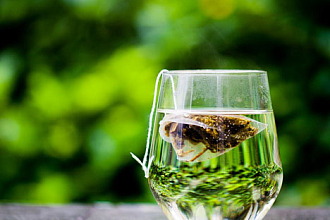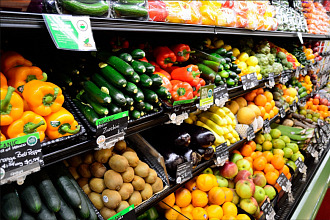Most vegetables that we buy in the supermarket, and farmers markets are annuals or, at least, they are grown that way. Annual vegetables are those that we must sow and grow from seed each year.
We all have our favorites, whether it be lettuce, winter squashes or fresh garden peas. There are, perennial vegetables that can potentially provide years of harvesting rather than having to start from scratch every year.
Tomatoes
Believe or not, and despite common practice, tomatoes are actually perennial plants, and they can grow for years, supplying fresh tomatoes throughout the plants lifespan. The big problem, however, is that tomatoes are actually a tropical plant, so they can’t survive a frigid winter. The solution could be growing them in a greenhouse or putting them in containers that move indoors during the winter.
Peppers
Peppers, in the same family as tomatoes, are actually perennial as well. Again, the issue becomes the wintertime chills, which peppers do not like, so they, too, will need a place in the greenhouse or in a nice window.
Nightshades:
Okay, yet again, we are pulling something out of the nightshade family (the same as tomatoes and peppers) and growing some perennial eggplants. This, of course, isn’t the standard way on most farms, as eggplants are typically treated like annual, but they are perennial plants and will continue to provide vegetables if they are to survive the frost.
Okra, a Louisiana favorite, and another heat-loving plant, is also a perennial vegetable, and it puts out a ton of food. In fact, an okra plant can reach up to seven feet high. The trick to dealing with okra is that it must be picked early and often. If it is left on the plant too long, it begins to become fibrous and woody.
Chayote goes by many names (mirliton, chocho, chuchu, vegetable pear, etc.), but they are all the same: This is fantastic squash that grows on a massive vine. In the winter, just mulch the area where it grows to keep the soil warm, and it should return again when things heat back up.
Jerusalem Artichoke: Jerusalem artichokes have been becoming more and more popular lately, and that’s a great thing. They are used similar to potatoes (they are also roots), though they can be eaten raw as well. These require a little bit of special attention as they are prolific growers and spreaders once established, so they might need a container and specific bed dedicated to them.
Horseradish: This one is possible in a variety of climates, and it is a very hardy plant. The roots, what we eat, are harvested in the fall and winter, and they have a serious warming effect on dishes to which they are added. Otherwise, horseradish is a great addition to gardens for the medicinal qualities (good for clearing the sniffles), and it can also be used to make a natural fungicide for other plants.
Onions/Leeks
Radicchio: Adding a dash more color to our list, radicchio — sometimes known as Italian chicory — is a favorite addition to salads. It’s similar to cabbage. And likes full sun and comfortable temperatures. Once established in a garden, it will return every spring and fall to provide some food for the table.
Kale
With no grand introduction needed, kale has made quite the name for itself amongst the “green” smoothie and juicing crowded. It’s loaded with nutrients, and the plants in the garden are generally loaded with leaves (just pick them as needed). Technically, it is a biennial, with a life span of two years, but it makes the list because it’s super crop for cold weather.


